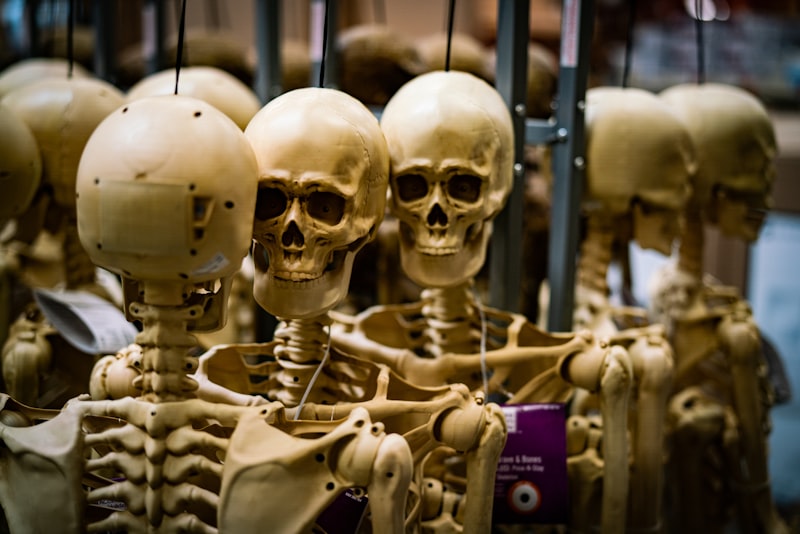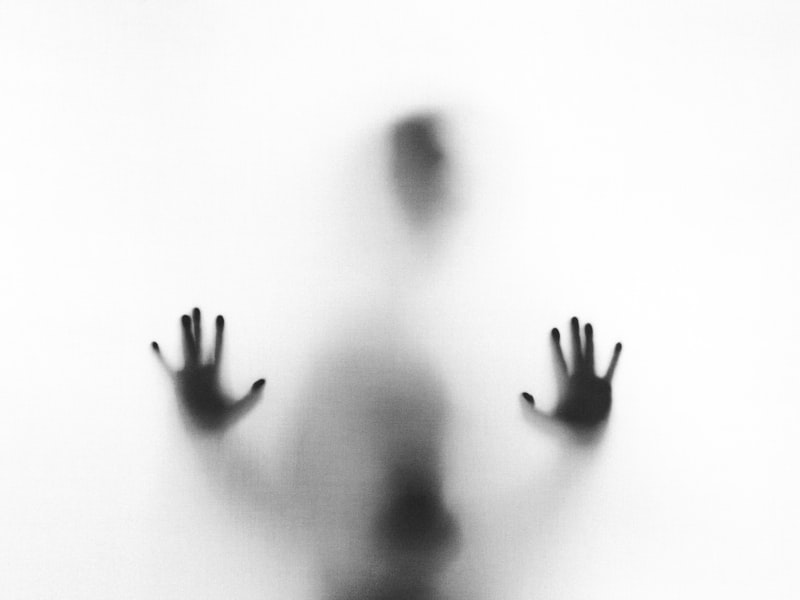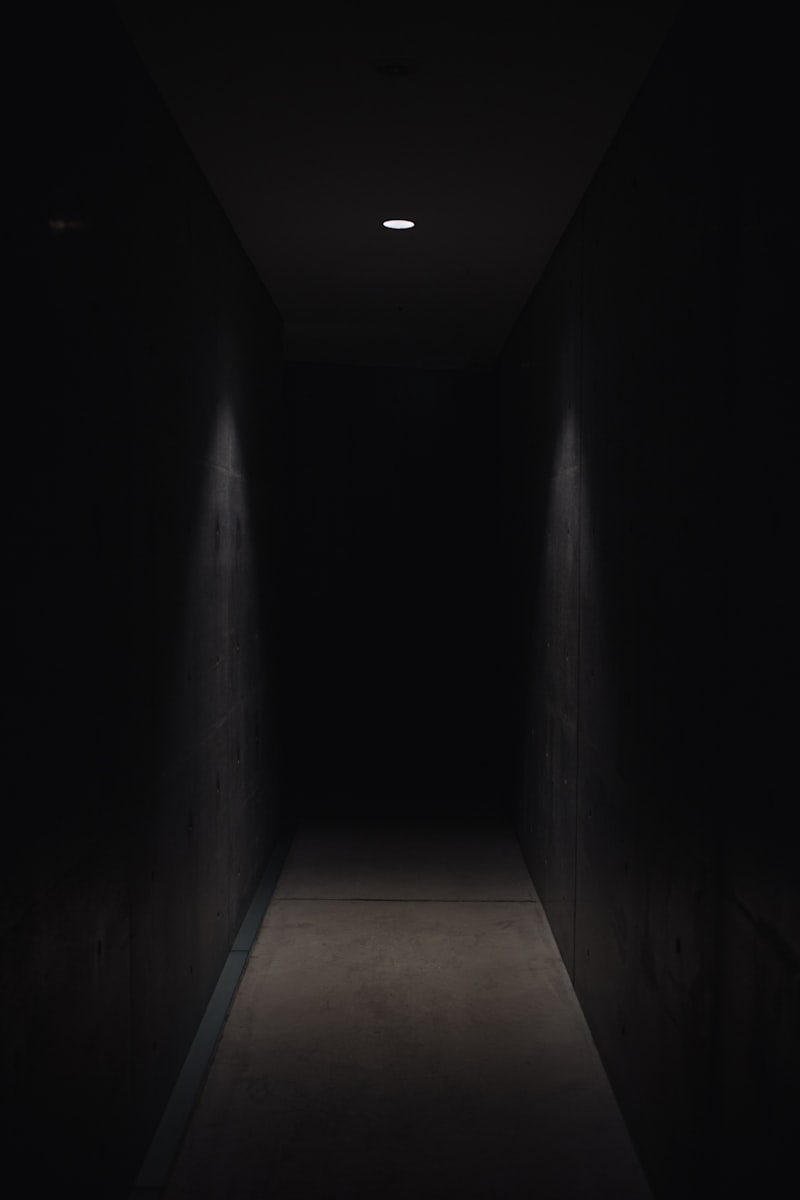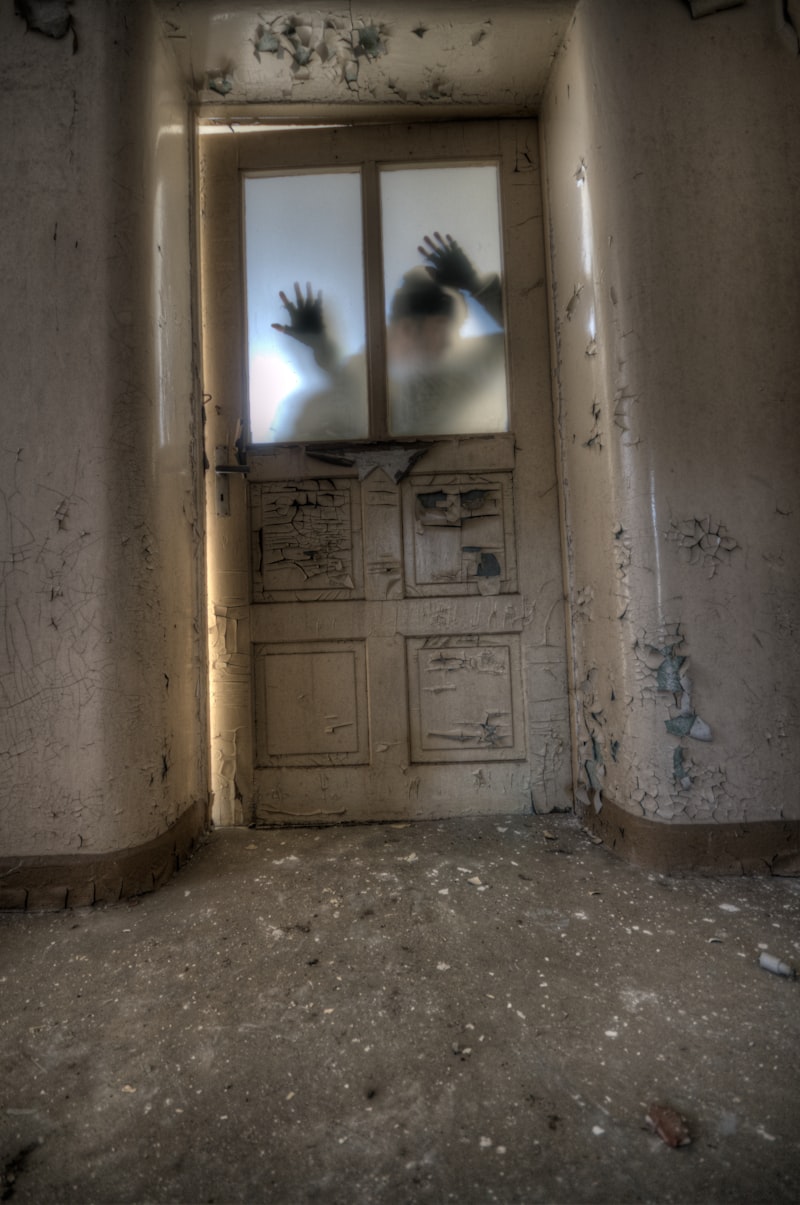Another enduring trope is the “Final Girl.” She’s the resilient heroine who outlasts her friends and confronts the masked killer in a deadly game of cat and mouse. This archetype embodies courage and survival instincts, making her a symbol of hope amidst the chaos. Audiences root for her as she battles against all odds, turning the tables on her assailant in a thrilling climax.
The “Creepy Child” trope also continues to send shivers down our spines. From possessed children with eerie abilities to ghostly apparitions of innocent-looking kids, these characters blur the line between innocence and malevolence. Their unsettling presence challenges our perceptions of childhood and taps into our primal fears of the supernatural lurking within the seemingly innocent.
Additionally, the “Jump Scare” remains a staple in horror cinema. It’s that heart-stopping moment when something unexpected bursts into the frame, jolting both the characters and the audience. Whether it’s a sudden appearance of the antagonist or a startling sound echoing through a deserted hallway, jump scares play on our fight-or-flight response, leaving us on edge long after the screen goes dark.

Lastly, the trope of “Isolation” amplifies the horror experience. Stranding characters in remote locations, cut off from help or civilization, intensifies their vulnerability. Whether it’s a stranded spaceship in the depths of space or a desolate winter lodge buried under snow, isolation breeds paranoia and heightens the sense of impending doom.
These timeless horror tropes continue to resonate because they tap into universal fears and primal instincts. They keep audiences on the edge of their seats, eagerly anticipating the next twist in the tale. As the genre evolves, these classic elements remind us that some fears never fade—they only grow stronger with each spine-chilling encounter.
Unveiling the Timeless Terror: Horror Tropes That Still Haunt Us Today
Horror, as a genre, has always thrived on our deepest fears and darkest imaginations. It’s that spine-chilling sensation that keeps us on the edge of our seats, eagerly anticipating the next fright. But what makes certain horror tropes endure through the ages, continuing to send shivers down our spines?
One of the most enduring tropes is the concept of the “final girl” — that lone survivor who faces unimaginable horrors and emerges victorious. Think of Laurie Strode in ‘Halloween’ or Nancy Thompson in ‘A Nightmare on Elm Street’. These characters resonate because they embody resilience in the face of overwhelming terror, reflecting our innate desire to triumph over adversity.
Then there’s the eerie allure of haunted houses. From the Overlook Hotel in ‘The Shining’ to the sinister mansion in ‘The Haunting of Hill House’, these locations become characters in themselves, their creaking floors and ghostly whispers amplifying our primal fear of the unknown. They remind us that even the safest havens can harbor malevolent forces.
What about the unsettling presence of creepy children? Whether possessed by spirits or harboring dark secrets, children like Damien in ‘The Omen’ or Samara in ‘The Ring’ challenge our perception of innocence and purity. They embody a fear rooted in the vulnerability of youth and the potential for corruption.
And who can forget the trope of the vengeful spirit seeking retribution? From ‘The Grudge’ to ‘Ju-On’, these entities blur the lines between the living and the dead, haunting those who have wronged them. They tap into our guilt and fear of unresolved consequences, reminding us that actions can have haunting repercussions.
From Classic to Contemporary: Exploring Everlasting Horror Tropes

From classic literature to contemporary cinema, horror tropes have proven to be enduringly captivating. These recurring themes and motifs not only chill us to the bone but also provide a lens through which we explore deeper human fears and societal anxieties. Imagine the eerie silence of a haunted mansion, where every creaking floorboard echoes with a thousand untold stories. Or the suspense of a dark forest, where unseen creatures lurk just beyond the glow of your flashlight. These are the timeless settings that have fueled countless nightmares and inspired generations of storytellers.
One of the most iconic horror tropes is the concept of the “final girl,” a resilient female protagonist who survives against all odds. Rooted in classics like “Psycho” and “Halloween,” this trope has evolved to challenge and subvert traditional gender roles while embodying strength and resilience in the face of terror. Similarly, the trope of the “monster within” explores the darkness within human nature, whether through psychological breakdowns or supernatural transformations, confronting audiences with their own fears and moral ambiguities.
In contemporary horror, tropes like found footage and viral outbreaks reflect our modern anxieties about surveillance and global pandemics. These narratives immerse viewers in a visceral, first-person perspective, blurring the lines between reality and fiction. They compel us to question what is real and what is staged, amplifying the fear of the unknown lurking just beneath the surface of our everyday lives.
Just as horror tropes evolve, so too does our fascination with them. They serve as cultural mirrors, reflecting the fears and uncertainties of each era while reminding us of the enduring power of storytelling to both terrify and captivate. Whether revisiting classics or embracing new twists on old themes, the appeal of horror tropes lies in their ability to provoke, entertain, and leave an indelible mark on our imagination.
This article explores the evolution and impact of horror tropes, from their classic origins to their contemporary interpretations, emphasizing their ability to resonate across generations and cultures.
Beyond the Grave: The Enduring Allure of Horror’s Eternal Tropes
In the dark corners of storytelling, horror has etched its place with timeless tropes that continue to fascinate and terrify audiences. From the chilling specters of haunted houses to the unsettling whispers of ancient curses, these eternal themes delve deep into the human psyche, evoking fear and curiosity in equal measure.
One of horror’s most enduring tropes is the haunted house—a place where the veil between the living and the dead wears thin. These ominous abodes, with their creaking floorboards and shadowy corridors, serve as metaphors for our deepest fears and unresolved traumas. They remind us that sometimes the scariest entities lurk not in the darkness outside, but within our own minds.
Another spine-chilling trope is the cursed artifact, a relic imbued with malevolent power that brings doom to all who possess it. Whether it’s a cursed ring that drives its wearers to madness or an ancient idol demanding sacrificial blood, these objects symbolize humanity’s fascination with the forbidden and the consequences of tempting fate.
Ghosts, specters, and restless souls also populate horror’s eternal landscape, their unfinished business and tragic pasts haunting the living. These spectral entities embody our fears of mortality and the unknown, lingering reminders that death is not always the end.
What makes these tropes perennial favorites in horror fiction? Perhaps it’s their ability to tap into universal fears and anxieties, offering a safe yet thrilling escape into the macabre. They challenge our perceptions of reality and morality, inviting us to confront our deepest fears and darkest desires.

As horror continues to evolve, these eternal tropes serve as pillars of the genre, reminding us that some fears are timeless and that the shadows hold secrets we may never fully comprehend.
Why Do They Persist? Delving into the Resilience of Horror Tropes
One key reason lies in their ability to tap into primal fears that resonate universally. Whether it’s the lurking shadow in the darkness or the eerie silence of an abandoned house, these tropes evoke deep-seated anxieties that have haunted humans for centuries. They speak to our innate fears of the unknown, the supernatural, and the loss of control over our surroundings.
Moreover, horror tropes often serve as vehicles for exploring complex themes in a digestible format. They provide a safe space to confront societal taboos, existential questions, and the darker aspects of human nature. By personifying these fears through monsters, ghosts, or psychological horrors, storytellers allow audiences to grapple with their own fears in a controlled environment.

Another reason for their persistence lies in their adaptability. Horror tropes have evolved with the times, morphing to reflect contemporary fears and anxieties. From classic gothic tales to modern-day psychological thrillers, these tropes continue to reinvent themselves, staying relevant in an ever-changing cultural landscape.
Furthermore, the communal experience of fear adds another layer to their endurance. Horror films, books, and games often draw people together, creating a shared adrenaline rush that bonds audiences. The thrill of facing fear in a group setting can be both exhilarating and cathartic, reinforcing the appeal of these timeless tropes.
In essence, the resilience of horror tropes can be attributed to their primal appeal, thematic depth, adaptability, and ability to foster communal experiences. As long as humans continue to grapple with their deepest fears and seek out ways to confront the unknown, these enduring motifs will continue to captivate and terrify audiences worldwide.
Frequently Asked Questions
What are Classic Horror Tropes and Why Do They Endure
Discover the enduring appeal of classic horror tropes, exploring their timeless elements that continue to captivate audiences. Learn why these recurring themes, like haunted houses and mysterious creatures, evoke fear and suspense, making them essential to the genre’s lasting popularity.
How Do Horror Tropes Create Suspense and Fear
Learn how horror tropes contribute to suspense and fear in storytelling, exploring their effective use of familiar themes, settings, and character archetypes to evoke anticipation and dread.
Can Overused Tropes Still Be Effective in Horror Storytelling
Discover how overused tropes can still effectively create horror in storytelling despite their familiarity. Learn how to leverage common elements creatively to evoke fear and suspense in your narratives.
Are There Modern Twists on Traditional Horror Tropes
Learn about innovative takes on classic horror themes in contemporary storytelling, exploring how modern creators reinterpret traditional tropes to evoke fresh scares and suspense.
Which Horror Tropes Should Writers Approach with Caution
Learn about horror tropes that writers should approach with caution, ensuring originality and avoiding clichés. Explore how to navigate sensitive themes like mental health, trauma, and cultural representation responsibly in horror storytelling.


